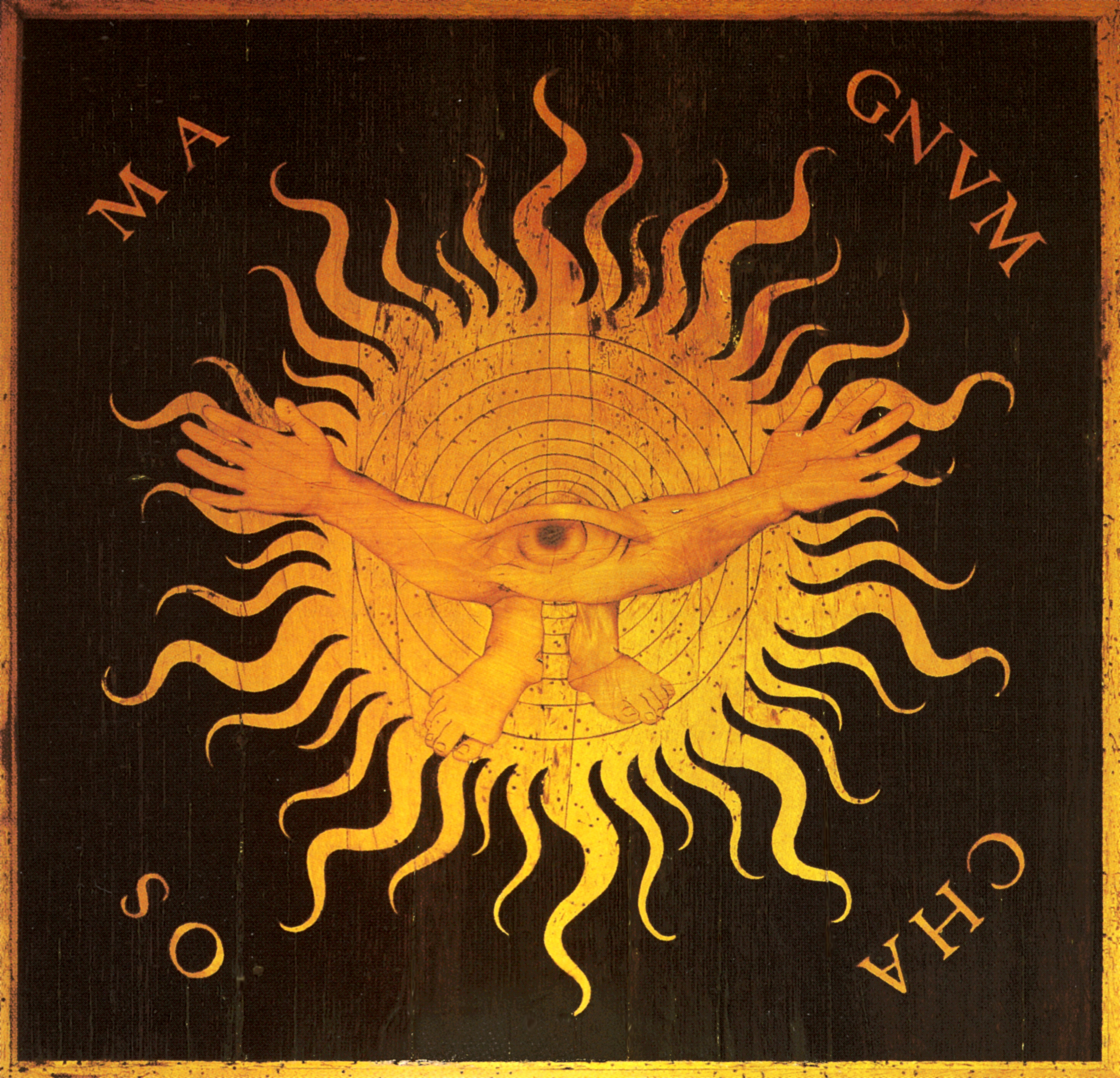Caos: Lo primero que existió en la mitología griega / Chaos: The first thing that existed in Greek mythology
- Antes de los titanes.
- Before the titans.
En la mitología griega, Caos es la figura primordial que representa el elemento fundamental a partir del cual surgió todo lo demás. Según se cree, Caos precedió incluso a los dioses y es considerado por los griegos como la personificación del vacío y del abismo. En este artículo, exploraremos más a fondo la figura de Caos y su importancia en la mitología griega.
La imagen de Caos se define a través de la palabra griega "kháos", la cual tiene un valor semántico de separar o abismo, haciendo como referencia al concepto que tenemos hoy de desorden o confusión.
En la literatura clásica, Caos se presenta como un abismo sin forma y oscuro que se extendía por todo el universo. Es importante destacar que su figura no se asocia con la de un Dios, sino más bien con un elemento natural que define la esencia del universo en sí. Según la mitología griega, fue a partir de Caos que surgieron las fuerzas primordiales, los titanes y las demás divinidades.
Caos es un elemento clave en la mitología griega que representa la nada primigenia que antecedió a todo lo demás. Su figura es un recurso literario que ha sido utilizado por autores de diversas épocas para defender diversas posiciones filosóficas o estéticas. A pesar de que su significado y función no se encuentran completamente definidos, su existencia representa el inicio de una cosmogonía completa de filosofía y religión que se remonta a la Antigua Grecia (Definiciones y conceptos, n.d.; Mitología grecorromana, n.d.).
Lorenzo Lotto, Giovan Francesco Capoferri, Public domain, via Wikimedia Commons
In Greek mythology, Chaos is the primordial figure that represents the fundamental element from which everything else emerged. Chaos is believed to have preceded even the gods and is considered by the Greeks to be the personification of emptiness and the abyss. In this article, we will further explore the figure of Chaos and the importance of him in Greek mythology.
The image of Chaos is defined through the Greek word "kháos", which has a semantic value of separating or abyss, referring to the concept we have today of disorder or confusion.
In classical literature, Chaos is presented as a dark, formless abyss that stretched across the universe. It is important to note that his figure is not associated with that of a God, but rather with a natural element that defines the essence of the universe itself. According to Greek mythology, it was from Chaos that the primordial forces, the titans and the other divinities, emerged.
Chaos is a key element in Greek mythology representing the primal nothingness that preceded all else. The figure of him is a literary resource that has been used by authors of various eras to defend various philosophical or aesthetic positions. Although its meaning and function are not completely defined, its existence represents the beginning of a complete cosmogony of philosophy and religion that dates to Ancient Greece (Definiciones y conceptos, n.d.; Mitología grecorromana, n.d.).
Escucha el tema Chaos de la banda sonora de NabbuBlog.
Listen to the song Chaos from the NabbuBlog soundtrack.
Definiciones y conceptos. (n.d.). Caos – Mitología griega. https://definicionesyconceptos.com/caos-mitologia-griega-informacion-escolar/
Cómo citar este artículo:
Nocetti, F.A. (2024). Caos: Lo primero que existió en la mitología griega. NabbuBlog. http://nabbublog.blogspot.com/2024/01/caos-lo-primero-que-existio-en-la.html
How to cite this article:
Nocetti, F.A. (2024). Chaos: The first thing
that existed in Greek mythology. NabbuBlog. http://nabbublog.blogspot.com/2024/01/caos-lo-primero-que-existio-en-la.html

